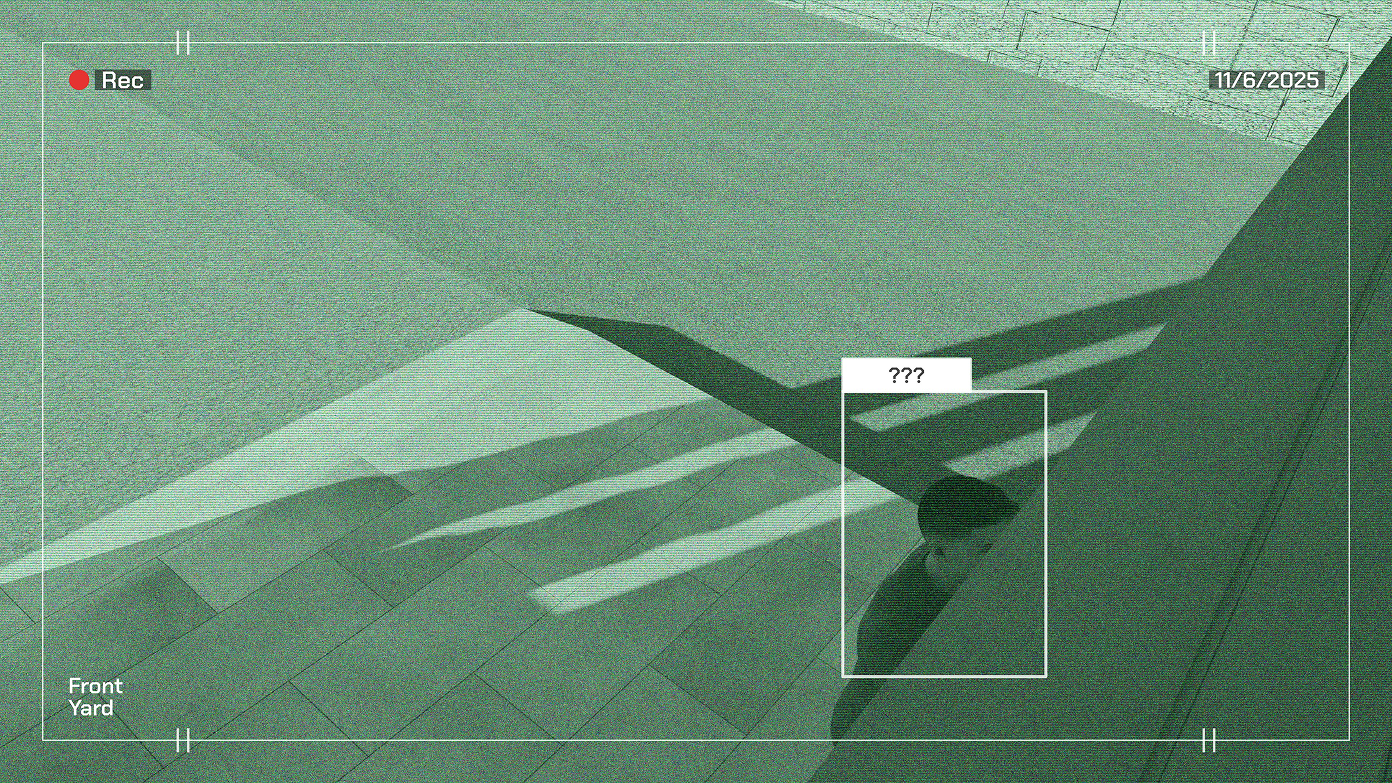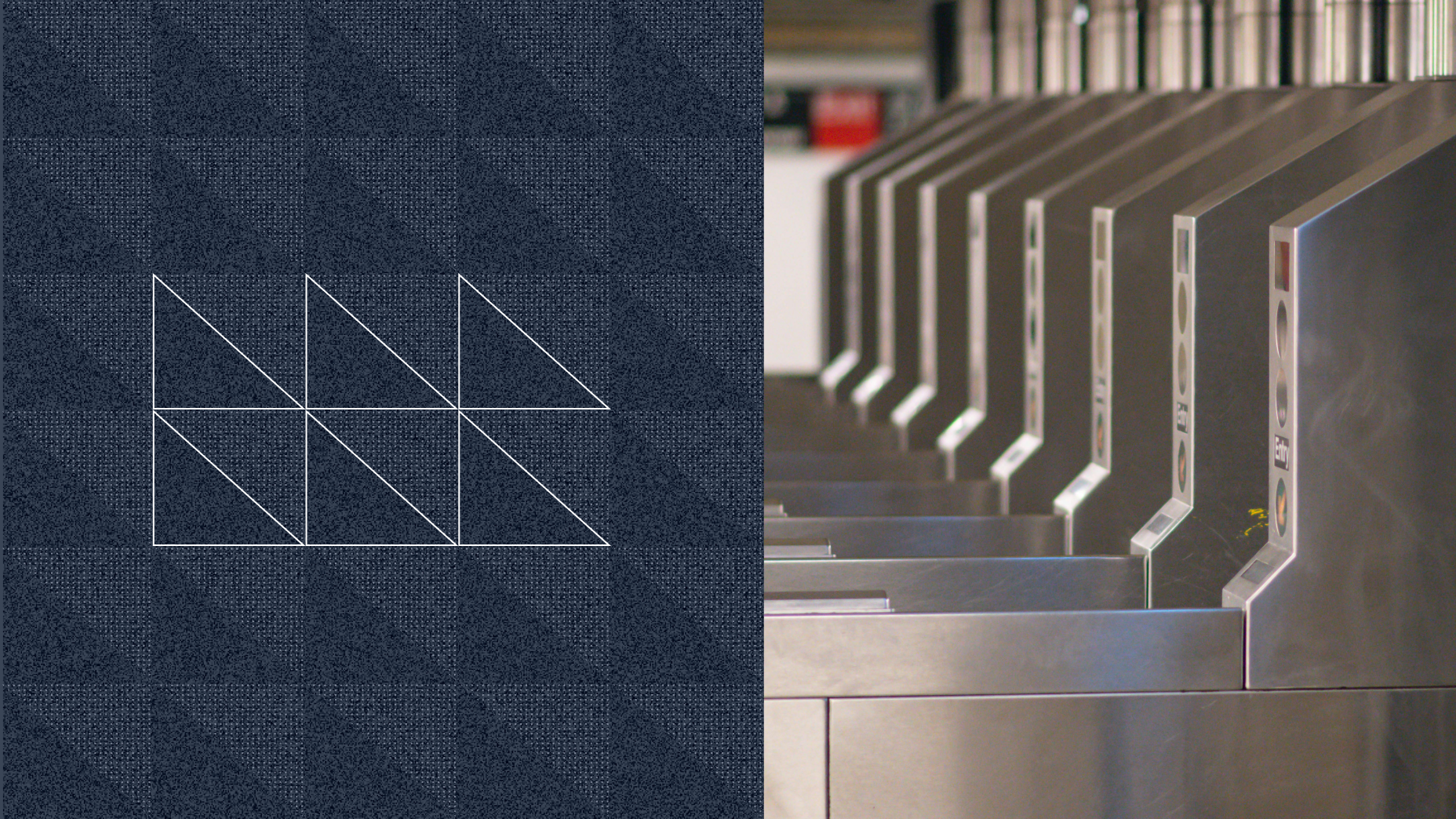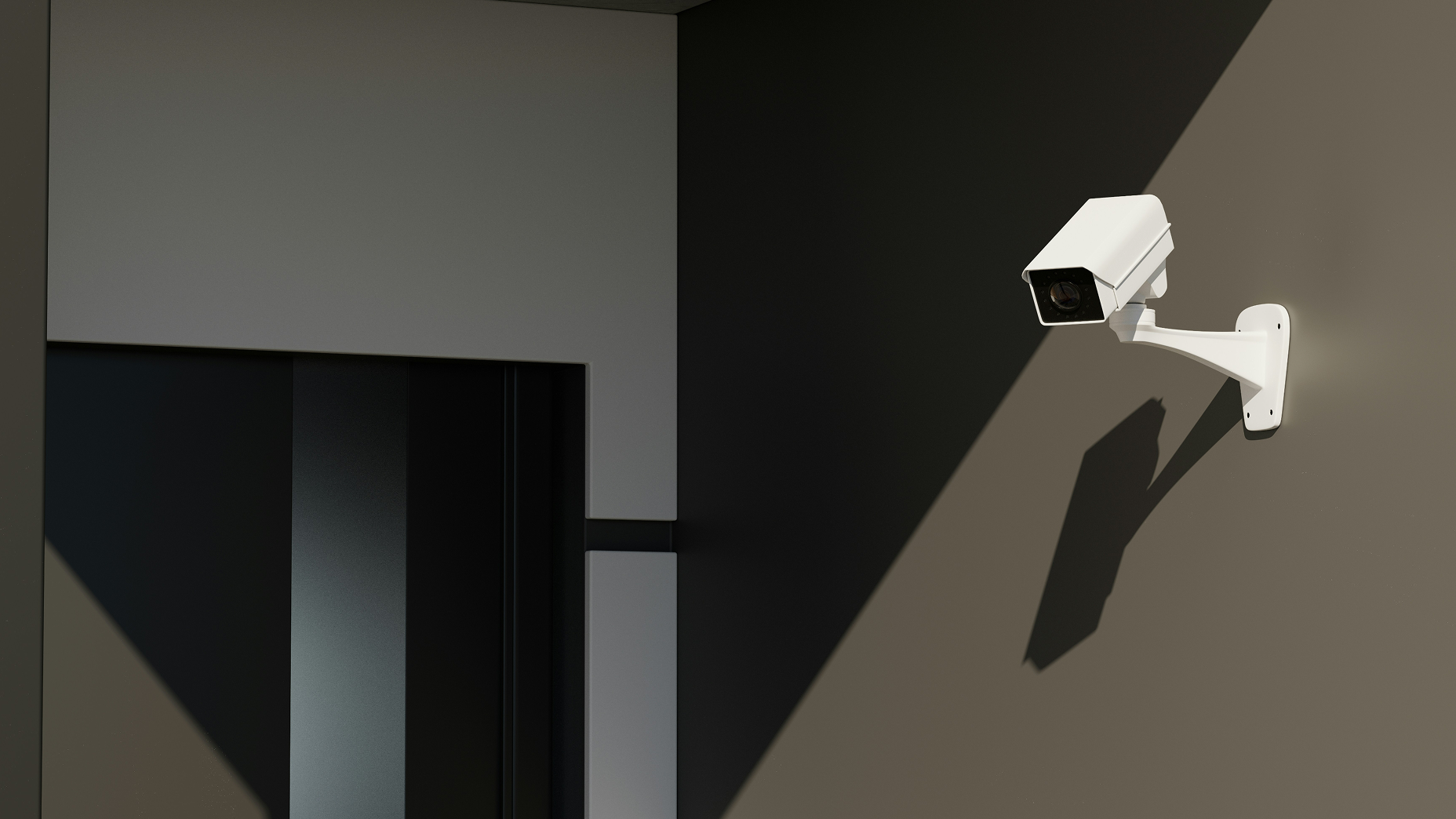Today, education safety, security, and safeguarding—the 3 S’s—are more critical than ever for schools, kindergartens, and nurseries across the GCC. From the rise in global awareness around child protection and bullying to tragic regional incidents, the need for a proactive, system-driven approach to school security has never been clearer.
For school operators, ministries of education, and parent communities, security is no longer a side concern—it’s a core component of educational quality. At Aspire Security, we’ve seen first-hand how smart, integrated systems can bridge the safety gap and protect what matters most.

Lessons from the Region: Incidents That Shaped Policy
The GCC has faced several major incidents that have shifted how governments and schools think about safety:
- Villaggio Mall Fire (Qatar, 2012): Exposed major weaknesses in fire detection and response, resulting in new mandates for CCTV coverage and fire safety systems, especially in child-centric environments.
- Al-Sadiq Mosque Bombing (Kuwait, 2015): Led to Law No. 61/2015, focusing on crowd control and emergency planning across public institutions, including schools.
- Essa Al-Bloushi Tragedy (Kuwait, 2018): Put a spotlight on inadequate safeguarding measures in government schools, creating calls for better monitoring and response frameworks.
- Mangaf Building Fire (Kuwait, 2024): Reinforced the urgent need for access control integration with emergency exits and fire alarms, along with central monitoring of safety systems.
These incidents remind us that security failures—whether structural, procedural, or digital—can have tragic outcomes.
International School Operators Are Raising the Bar
School groups like Nord Anglia Education have introduced international-level safety frameworks in the GCC, including:
- Lockdown-ready door hardware for classrooms and main gates
- Integrated access control systems tied to drills and threat protocols
- Smart visitor management systems and role-based access control
- CCTV with analytics and secure remote access
- Background checks integrated with HR and access systems
These schools understand that security is an operational investment, not an afterthought.
Where Local Standards Fall Behind
Many GCC schools—particularly outside Tier 1 private operators—still depend on outdated or fragmented systems. Key gaps include:
1. Disjointed Systems
Fire alarms, CCTV, and access control are often installed as standalone systems with no integration, resulting in delayed or conflicting responses during emergencies.
2. Insecure or Improper Locking Hardware
Lack of awareness around fail-safe vs. fail-secure locking mechanisms leads to unsafe door configurations. A door that remains locked in a fire—or swings open during a lockdown—is more than a code violation; it’s a life safety hazard.
3. Outdated or Incomplete CCTV Coverage
Many schools take a reactive CCTV approach, installing cameras after an incident. Even worse, there’s no routine maintenance or health checks, and CCTV data is rarely secured to modern standards like ISO 27001.
4. No Audit Trails or Identity Linking
Without integrated access control and ID systems, schools struggle to verify who was where and when during an incident—critical for both prevention and post-incident investigation.
What Schools Should Be Doing – A Security-Centric Approach
To meet evolving safety expectations and regulatory requirements, schools should implement:
Integrated Access Control Systems
- Control entry points with badge-based or biometric access
- Schedule automatic door locking/unlocking aligned with school hours and drills
- Integrate with fire alarm systems to ensure doors open automatically during evacuations
Smart Lockdown Capabilities
- Install intruder-resistant hardware and classroom locks that activate during lockdowns
- Ensure doors can be secured from the inside without a key, but automatically release during fire alarms
CCTV Systems with Health Monitoring
- Use IP cameras with analytics (motion detection, perimeter breach alerts, object left/removed)
- Implement automated system health checks to detect offline cameras or storage failures
- Store video securely with user access logging and data encryption—preferably aligned with ISO 27001 or equivalent frameworks
Visitor and Identity Management
- Use digital visitor check-in systems with badge printing, time tracking, and access level assignment
- Link with student/staff identity databases to restrict movement by time, role, or zone (e.g. maintenance staff cannot access classrooms)
Central Command and Monitoring
- Implement a unified dashboard that ties together CCTV, access control, and alarm systems for real-time visibility
- Set up event-based notifications for key staff and operators
Aspire Security’s Role in Safer Schools
At Aspire Security, we specialize in end-to-end school safety system design and integration. From conducting risk assessments to installing secure infrastructure, we help school owners and operators move from basic compliance to true safety leadership.
Whether you’re planning a new campus or upgrading your existing systems, our solutions are:
- Designed for educational environments
- Scalable across multi-school networks
- Compliant with international safety and data standards
- Proven in GCC deployments
Final Thought: It’s Not Just About Cameras or Locks—It’s About Trust
Security in schools is not just about technology—it’s about peace of mind for parents, students, and educators. The right systems, properly maintained and intelligently designed, don’t just react to danger—they prevent it.









